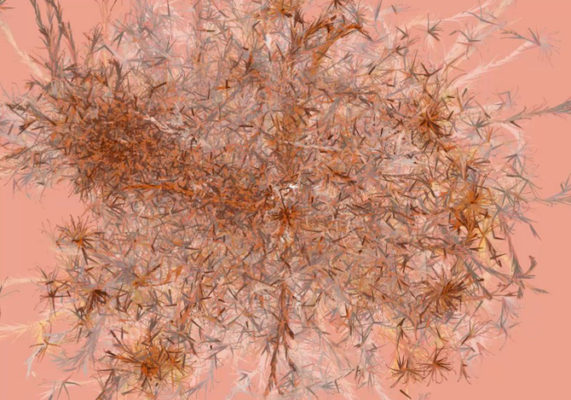Search
To search for an exact match, type the word or phrase you want in quotation marks.
A*DESK has been offering since 2002 contents about criticism and contemporary art. A*DESK has become consolidated thanks to all those who have believed in the project, all those who have followed us, debating, participating and collaborating. Many people have collaborated with A*DESK, and continue to do so. Their efforts, knowledge and belief in the project are what make it grow internationally. At A*DESK we have also generated work for over one hundred professionals in culture, from small collaborations with reviews and classes, to more prolonged and intense collaborations.
At A*DESK we believe in the need for free and universal access to culture and knowledge. We want to carry on being independent, remaining open to more ideas and opinions. If you believe in A*DESK, we need your backing to be able to continue. You can now participate in the project by supporting it. You can choose how much you want to contribute to the project.
You can decide how much you want to bring to the project.

Is there beauty behind the trace of a viral image? Can it be that digital culture has altered the aesthetic perception of our society to such an extent that the answer could be, yes. Maybe our conception of what is beautiful has to expand in order to recognise the beauty of the movement of an image through cyberspace. Perhaps, the experts who are beginning to talk about the “new aesthetics” have even found a way of explaining something that seems fairly evident but that we still don’t quite understand.
Digital culture has changed our way of perceiving and relating to the world. But, does that mean we can define a new aesthetic? An aesthetic with foundations, that is capable of sustaining itself without imposing incoherent changes upon what is now called “the old aesthetic”? If this were true and it was the path to be followed, human behaviour across social networks, this strange intrusion of the digital into the physical world could become part of the new artistic imaginary.
With the virtual part of life slowly occupying more space in the real world, social networks will become a place for reflection and investigation in art. One of the projects dealing with this subject is “Facebookstories.com”. We are all familiar with the overwhelming success of Facebook and the astronomical statistics of monthly use worldwide. Very much in line with “onehourpersecond.com”, the web created by Google to explain visually the real extent of YouTube, the webpage wants to reveal the “marvellous” side of Facebook, reflecting interesting stories and unusual uses in order to demonstrate its social capacities. The page also explores different aspects of some concepts intrinsic to social media, such as virality and the concept of memory.
In a way similar to art, the project by the design studio Stamen, called Data Visualization: Photo-Sharing Explosions, reflects the viral process of an image being shared through Facebook by thousands, maybe millions, of people. To do so they have created an animated visualization of an image, as it becomes a viral phenomenon, where each branch of the image stems from a new person. The visually hypnotic result seems more like an organic form, perhaps a strange, beautiful plant, than the trace of an image leaping from the profile of one person to another, traversing a long virtual path.

Verónica Escobar Monsalve is a restless soul, with a digital nature and an analogue heart. Her investigations centre on art and culture that mix the digital world with pre-digital thought. Art and culture that is capable of reflecting the complexity of today’s world. She believes in the vital importance of a critical spirit and how this can be applied to any facet in life, however difficult it may be.
"A desk is a dangerous place from which to watch the world" (John Le Carré)